Freshwater fishing can produce anything from smelts and sunfish to monsters like sturgeon and catfish. Thus, it is important to know the type of reel you’ll need for your fishing trip and what your target is beforehand. Luckily, there are plenty of options on the market these days when it comes to reels; such as spinners, baitcasters, spincasters, and fly reels. Although, there are some technical aspects that should be considered. Here are common tips that can make life easier when deciding on a new freshwater reel.
Understanding The Technical Specs
1. Line Capacity Or Spool Capacity
When looking at technical aspects of a reel, chances are the spool capacity is overlooked. More so, this feature of the reel is referring to the maximum length of fishing line that can be fed onto the spool. As an example, it usually appears similar to 230/6lbs. To break this down, the 230 is telling you the yardage and the 6lbs is telling you the test line. So, this reel can take 230 yards of 6lbs monofilament line before being overfilled. It’s important to note that a higher test line will take up more capacity.
2. Drag Systems
Drag systems come into play when you know what precisely it is you are targeting. You’ll notice that each manufacturer will offer reels in 1000, 2000, 4000, etc. Alas, these are known as reel sizes based on the size of the spool cylinder. As a rule of thumb, a larger reel will produce more drag force and is better for larger fish species.
3. Gear Ratios
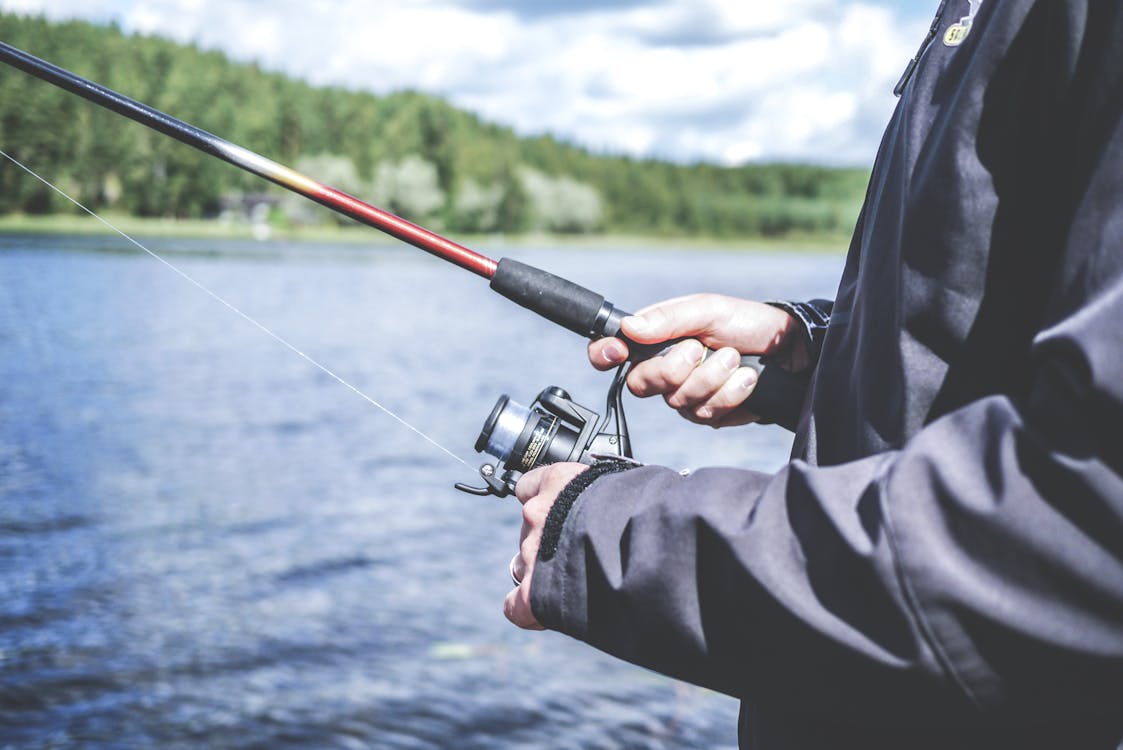
Image Credit: Lum3n via Pexels
Gear ratios are largely misunderstood when selecting a reel, but when chosen correctly can increase fish counts. A low gear ratio, such as 5.4:1, can be paired with crankbait, swimbait, and deep water spinnerbaits. This is because these heavier torque baits can be retrieved with the least amount of effort using a reel with a lower gear. To understand gear ratios: a low gear is typically anything from 4.8:1 to 5.4:1. This is understood in the example of 5.4:1; which makes 5.4 revolutions around the spool per one crank of the reel handle.
Medium ratios are preferred for medium-running crankbaits, umbrella bait, and shallow spinnerbaits. Thus, these are best paired with a ratio that runs between 6.1:1 and 6.4:1. Lastly, a high gear ratio of 7.1:1 to 8.1:1 can be paired with many lures. These include; jig heads, Texas rigs, Carolina rigs, topwater baits, and jerkbaits to name a few.
The Reel Differences
4. Remember The Spincast
A closed-face reel, such as a spincasts, is what most people learn to fish with. These reels typically cost a lot less than their fancy brethren, too. The Spincast reel uses 2 pick-up pins and a cup that wind onto the spool, unlike an open-face reel. Because of this feature, it’s widely acknowledged as the best reel for beginners.
5. Spinning Reels Are Flexible
If you’re left-handed, the spinning reel or open-faced reel is the way to go. Of all the reel designs on the market, only spinning reels let you switch the handle over to the other side. Southpaws will appreciate this feature. On the other hand, most versions of this reel have an anti-reverse lever that allows a larger fish to run while preventing the crank handle from rotating.
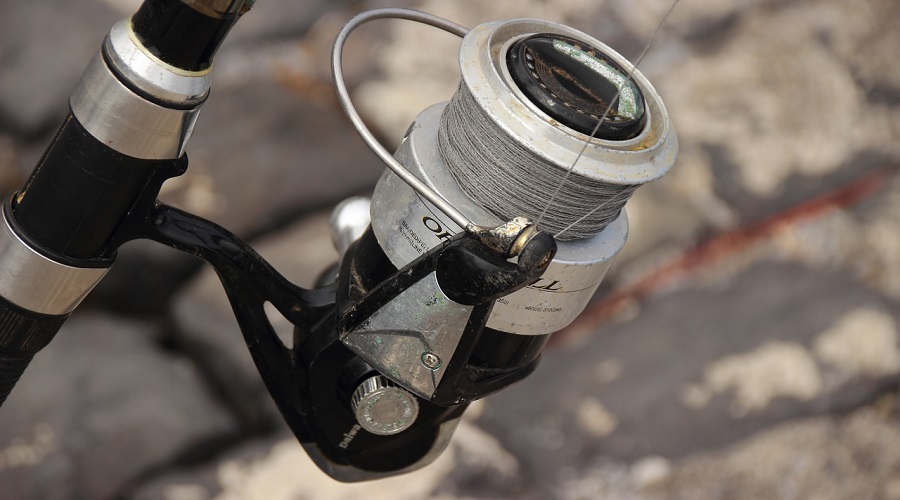
Image Credit: mieneresterampe via Pixabay
6. The Power Of The Thumb
The main difference between other reel designs and a bait casting reel is that you use your thumb to control the line spool. If you’re the kind of person who likes to be able to see and feel what’s going on with your reel, this is the choice for you. Although the hardest reel to learn, it is the best for heavier baits that allow anglers to achieve a longer cast range.
7. Buy Big For All Possibilities
Yes, some people buy a bigger version of a freshwater baitcasting reel that would normally be considered a saltwater reel and put a lighter line on it. This gives you the option of using the same reel for basically everything. The bigger ones are clunkier, but if the price is right, it might be a good option.
Live And Learn
Nonetheless, when selecting the best reel for yourself, many variables go into the final decision. To get started, know exactly what it is you want to target, the lures you intend to use, and gauging your skill level can lead you towards the right reel. From there it comes down to personal preferences from reel types, drag systems, spooling capacities, and gear speeds. After that’s all said and done, the easiest way to figure out what works for you is to get out and test different reels out for yourself.

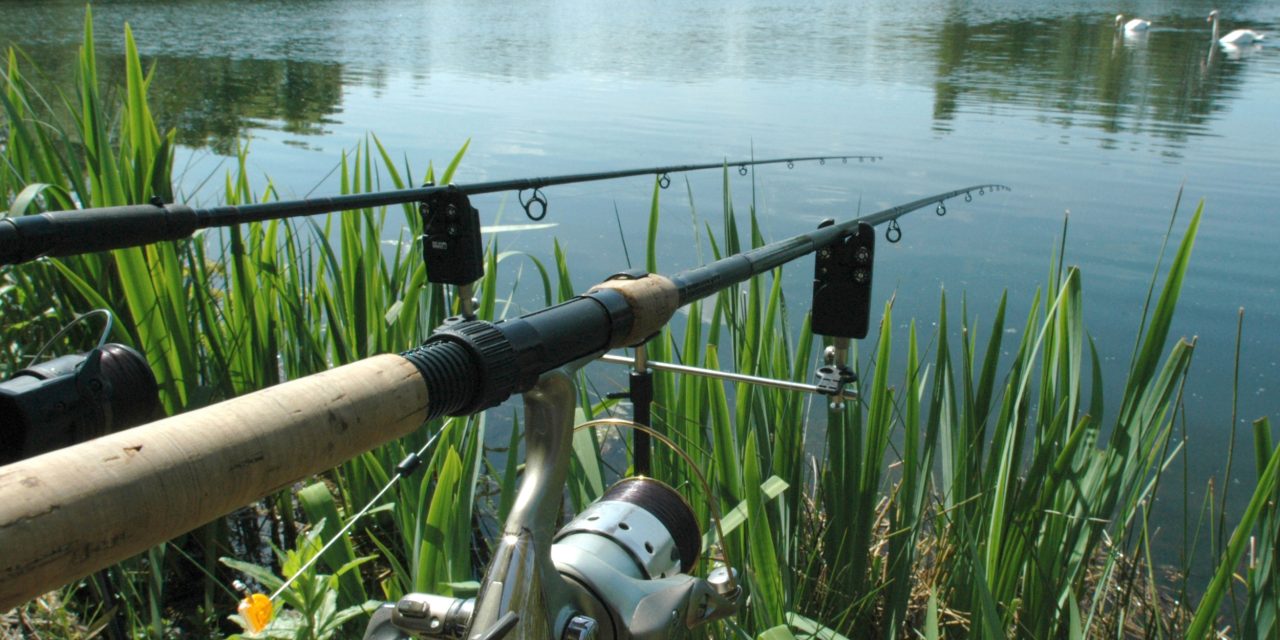

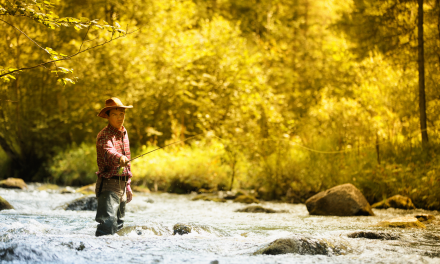

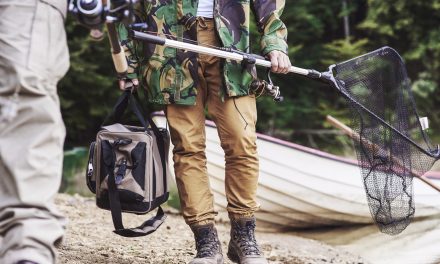
 E-Newsletter
E-Newsletter